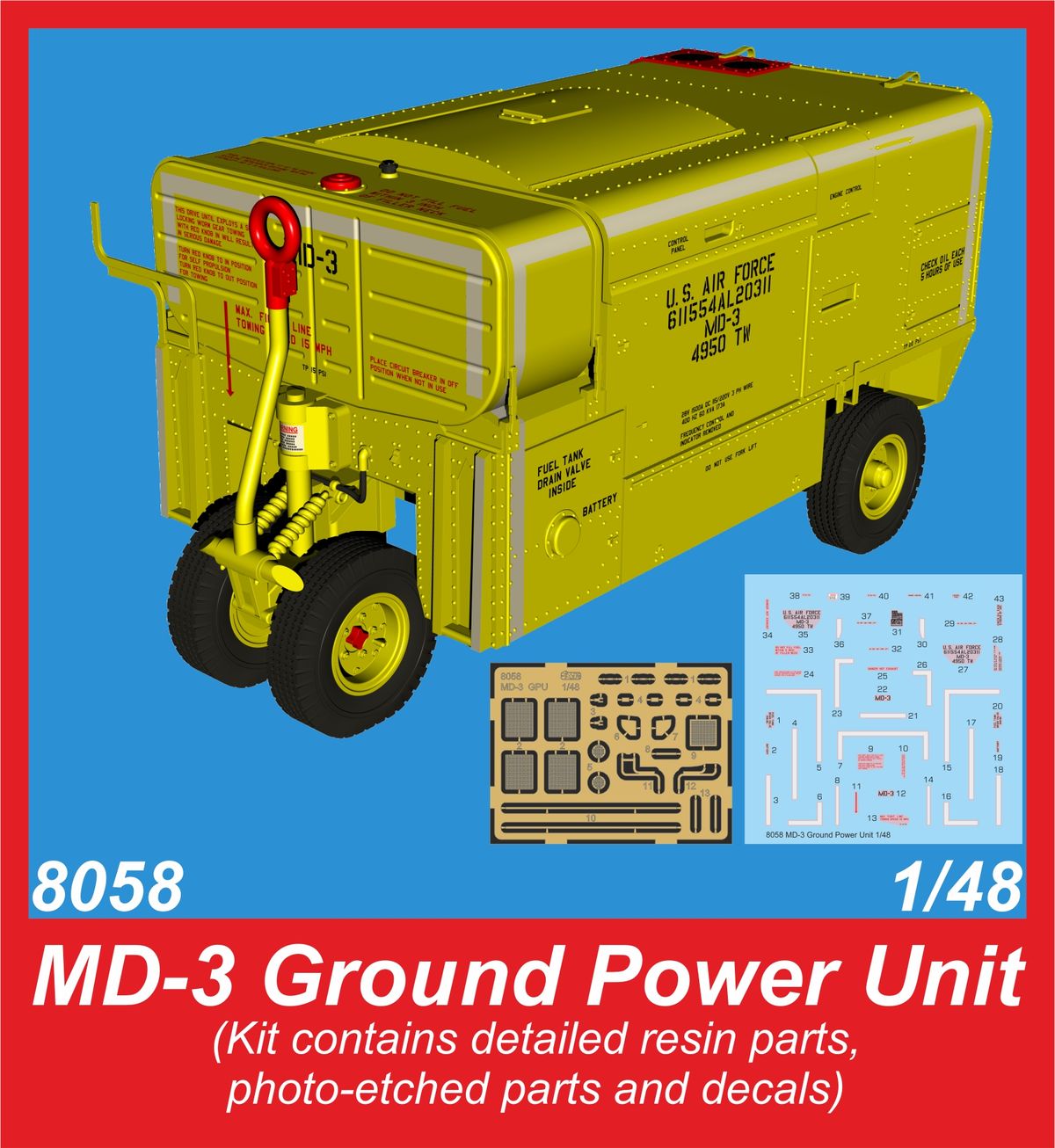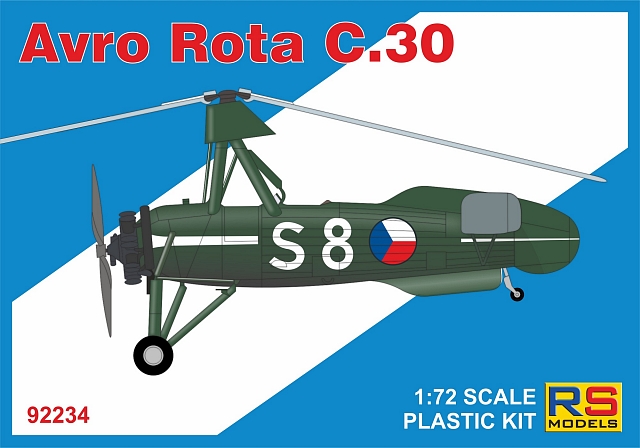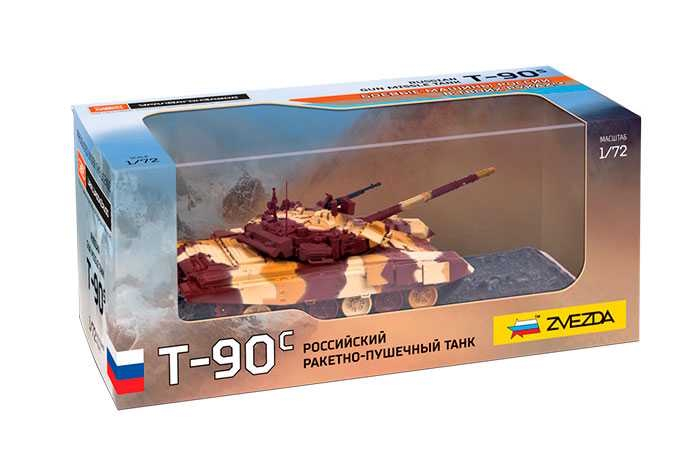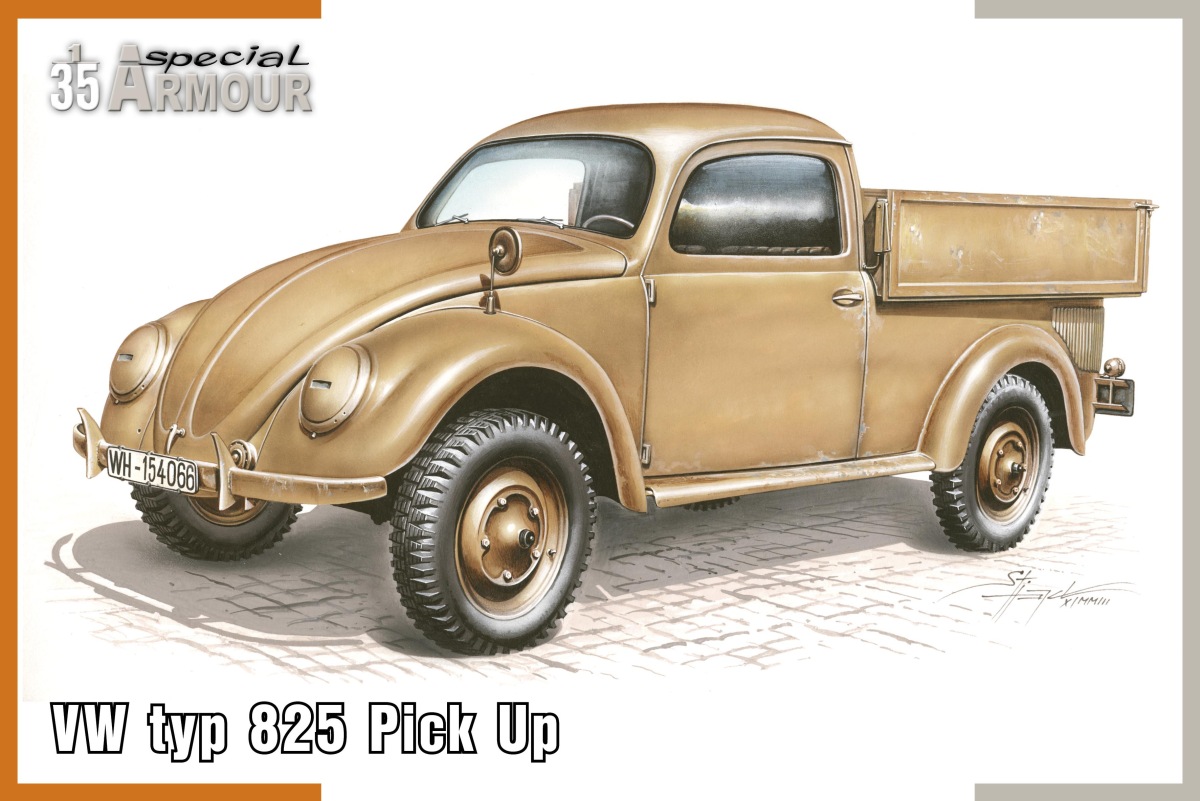Hračky
Celkem 266 produktů
Máte doma malé slečny, které si hrají na manikérky? Splňte jim sen a pořiďte jim své vlastní nehtové studio Crazy Chic-Cool od Clementoni. Dívky zde můžou zdobit nehty dle své fantazie. Díky fantastické sušičce zaschne lak během chvilky a dodá tak jedinečný vzhled. Sada obsahuje několik barevných laků, pilníků, třpytek, různých barevných nálepek, ozdobná srdíčka a korálky. Originální a kreativní hra představí reálnou práci profesionální manikérky. Holčičky budou ve svém živlu, a určitě dojde i na vaše zkrášlení nehtů. Provoz nehtového studia je na baterie (nejsou součástí balení). Hlavní přednosti Rozvíjení motoriky a kreativity Vhodné pro děti od 6 let Sušička pro rychlé zaschnutí laků Velký výběr barevných láků a dalších komponentů ke zdobení Praktické uspořádání všech věcí kolem sušičky Provoz studia na baterie 1,5 V AA Specifikace Značka: Clementoni Model: Crazy Chic-Cool Určení: kreativní sada Typ baterií: 2 x 1,5 V AA (nejsou součástí balení) Věk: 6+ Hmotnost balení: 0,64 kg Rozměry balení (š x v x h):38,5 x 30,3 x 7,8 cm Obsah balení 1x nehtové studio Crazy Chic-Cool
1/48 MD-3 Ground Power Unit. The MD-3 ground power unit was used throughout the 50s and 60s to generate electric power for starting up engines of such USAF aircraft as were the B-47, T-33 and many other with the same power requirements. The master parts of our kit have been 3D designed and produced on a 3D printer. The set also contains a PE fret and a sheet of decals. Operators: USA/modern
1/48 MD-3 Ground Power Unit. The MD-3 ground power unit was used throughout the 50s and 60s to generate electric power for starting up engines of such USAF aircraft as were the B-47, T-33 and many other with the same power requirements. The master parts of our kit have been 3D designed and produced on a 3D printer. The set also contains a PE fret and a sheet of decals. Operators: USA/modern
Plastikový model letadla 1/72 Avro Rota C.30A 4 decal v. for Czeczslovak.,RAF, Yugoslavia, Australia. The first production design in the series was the C.30, a radial-engined autogyro with a three-blade, 37 ft (11.3 m) rotor mounted on an aft-leaning tripod, the control column extending into the rear of the two cockpits. The engine was the five-cylinder, 105 hp (78 kW) Armstrong Siddeley Genet Major I used in the C.19 series. The fabric-covered fuselage carried an unbraced tailplane, without elevators but with turned-up tips. The port side of the tailplane had an inverted aerofoil section to counter roll-axis torque produced by the propeller. As with most autogyros, a high vertical tail was precluded by the sagging resting rotor, so the dorsal fin was long and low, extending well aft of the tailplane like a fixed rudder and augmented by a ventral fin. The wide-track undercarriage had a pair of single, wire-braced legs and a small tail wheel was fitted. This model flew in April 1933. It was followed by four improved machines designated C.30P (P here for pre-production) which differed in having a four-legged pyramid rotor mounting and a reinforced undercarriage with three struts per side. The rotor could be folded rearwards for transport. The C.30P used the more powerful (140 hp, 104 kW) seven-cylinder Armstrong Siddeley Genet Major IA radial engine.
Plastikový model letadla 1/72 Avro Rota C.30A 4 decal v. for Czeczslovak.,RAF, Yugoslavia, Australia. The first production design in the series was the C.30, a radial-engined autogyro with a three-blade, 37 ft (11.3 m) rotor mounted on an aft-leaning tripod, the control column extending into the rear of the two cockpits. The engine was the five-cylinder, 105 hp (78 kW) Armstrong Siddeley Genet Major I used in the C.19 series. The fabric-covered fuselage carried an unbraced tailplane, without elevators but with turned-up tips. The port side of the tailplane had an inverted aerofoil section to counter roll-axis torque produced by the propeller. As with most autogyros, a high vertical tail was precluded by the sagging resting rotor, so the dorsal fin was long and low, extending well aft of the tailplane like a fixed rudder and augmented by a ventral fin. The wide-track undercarriage had a pair of single, wire-braced legs and a small tail wheel was fitted. This model flew in April 1933. It was followed by four improved machines designated C.30P (P here for pre-production) which differed in having a four-legged pyramid rotor mounting and a reinforced undercarriage with three struts per side. The rotor could be folded rearwards for transport. The C.30P used the more powerful (140 hp, 104 kW) seven-cylinder Armstrong Siddeley Genet Major IA radial engine.





